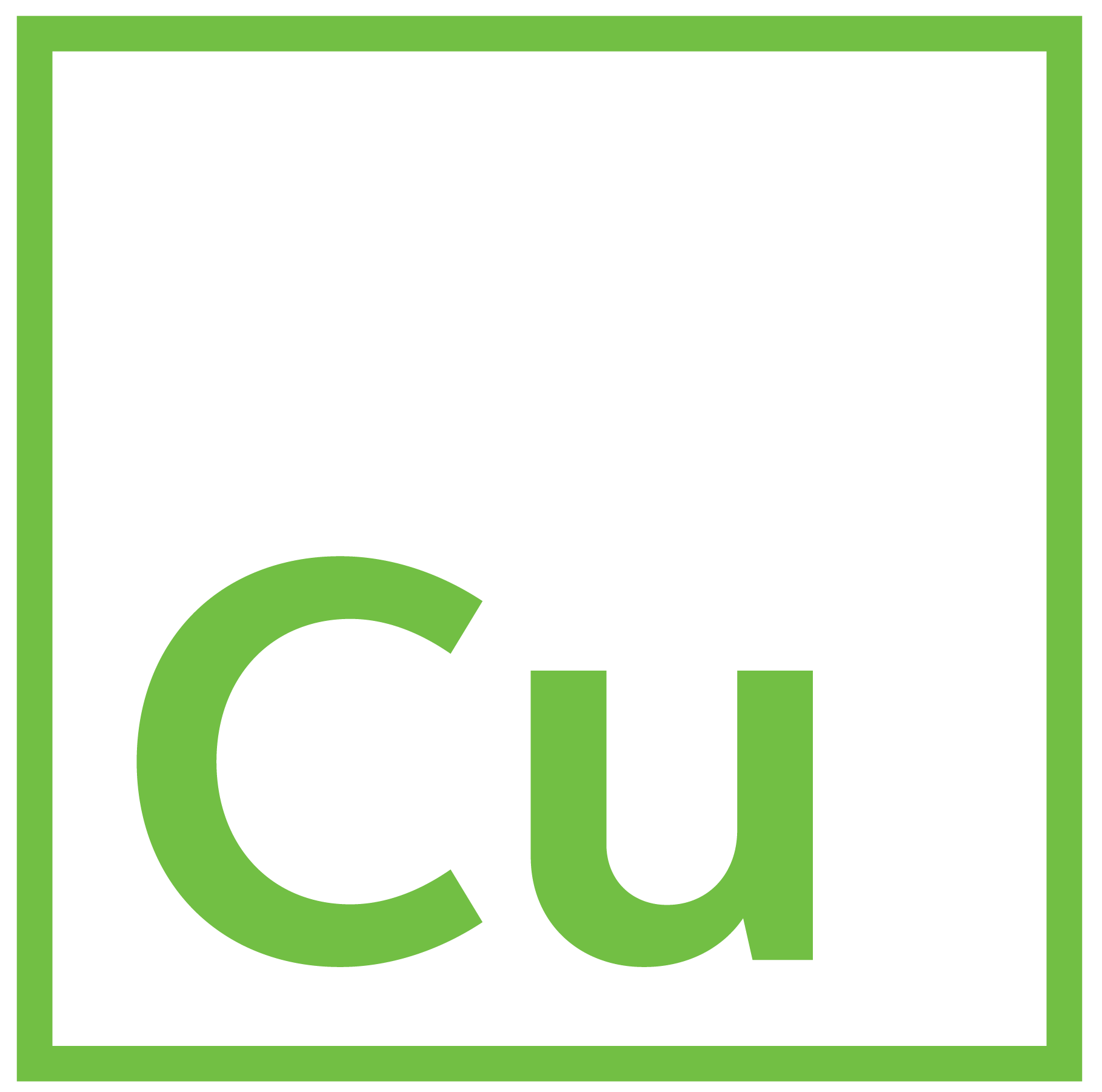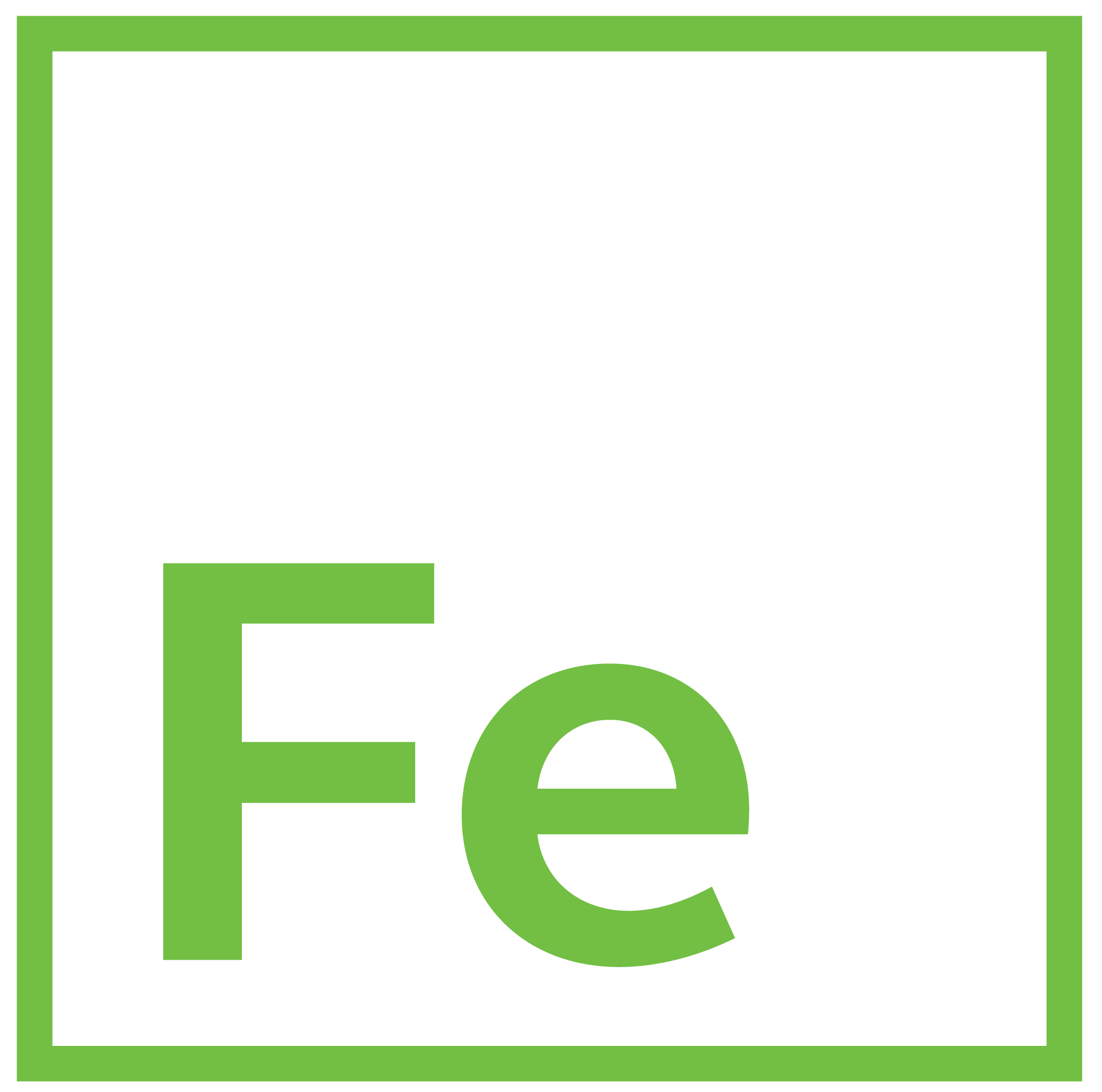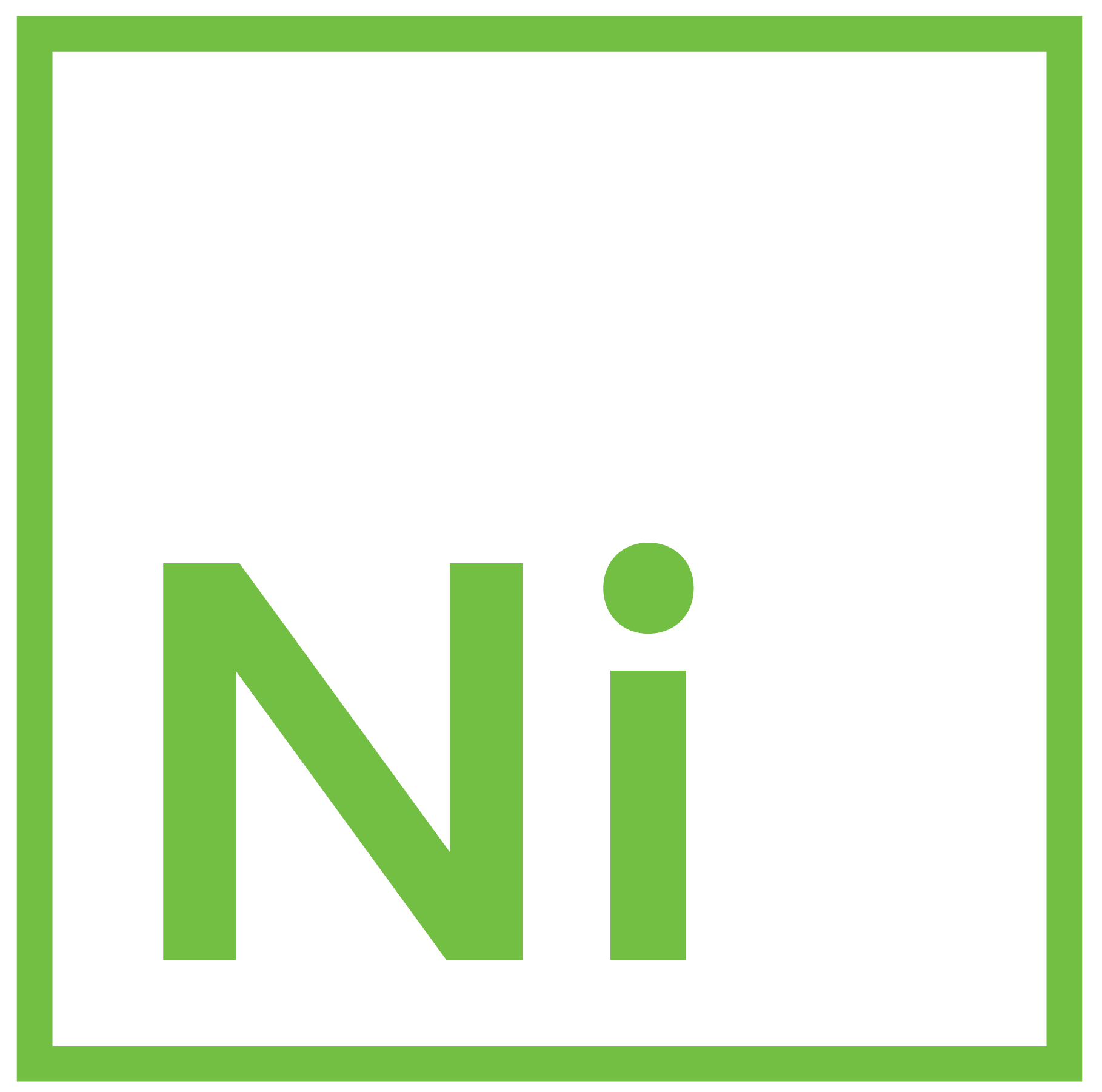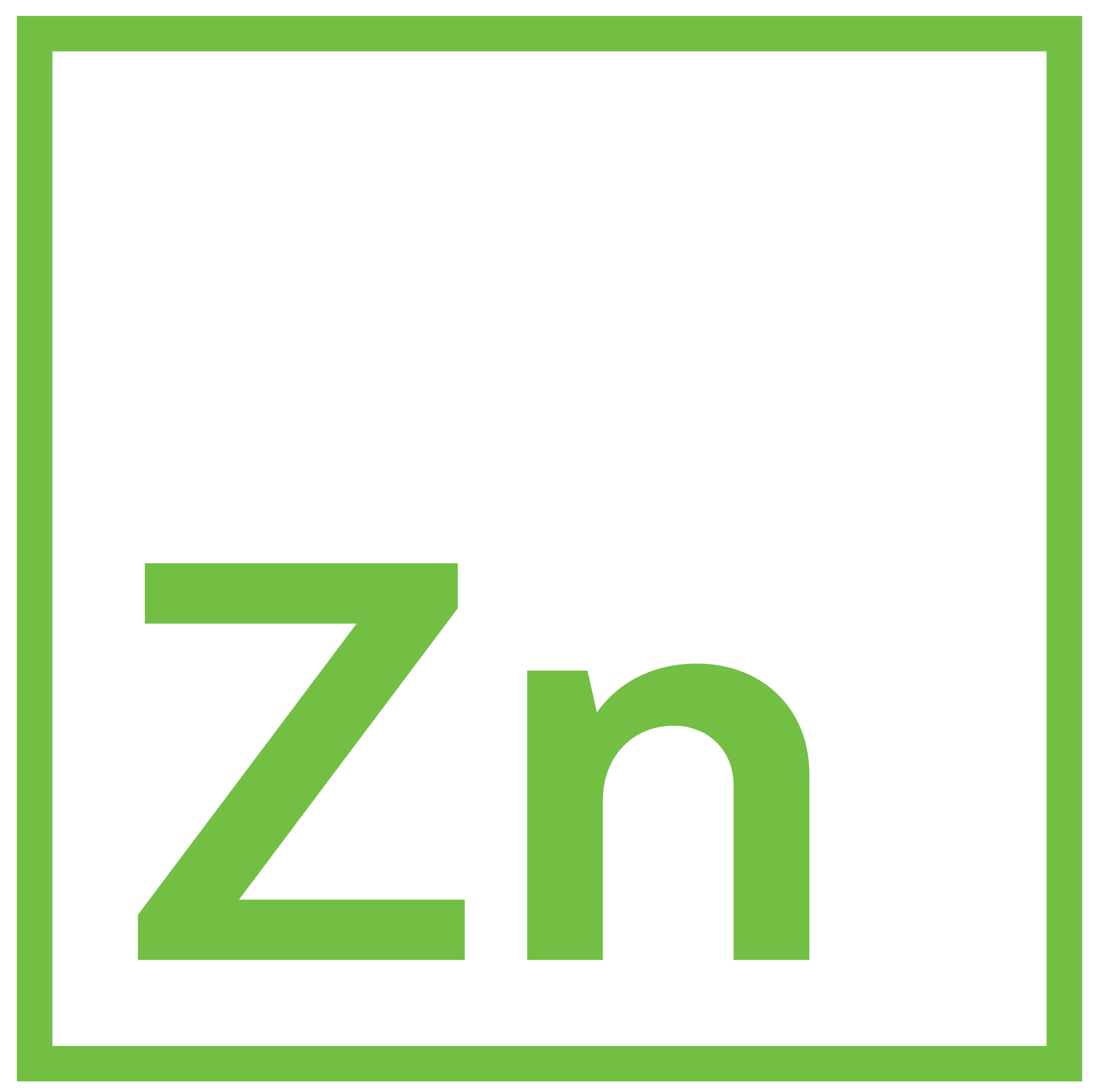Global tin markets are said to be showing signs of moderating after remaining tight for most of the summer.
The tightness has been driven by several factors converging. Demand in all end-use sectors rose faster than expected after a long period of stability during which producers were able to realize some profit. Prices were not sufficient, however, to spur investment in new capacity. Then, as demand accelerated, there were a variety of unplanned outages. All that was exacerbated by pandemic restrictions that prevented mines and processing facilities from operating.
As reported on July 28 in Fastmarkets AMM, “tin prices remain elevated on the London Metal Exchange (LME). The futures price of tin hit an all-time high of $34,995 per metric tonne in early trading on July 27.” But sources also said that a slower increase in the same-day cash price compared to the rate of increase in the futures price during the assessment period could signal less immediate pressure for tin.
Less pressure does not mean more supply, however. It simply means that prices have moved and stayed so high that buyers are reducing or delaying purchases as much as they can.
“It is important to remember that tin is the ‘spice’ element,” said James Willoughby, Market Analyst at the International Tin Association (ITA) in London. “There are only small amounts, perhaps two grams in each cell phone for example, but it is crucial.”
“We’ve been watching our forecasts for demand closely,” Willoughby continued. “We may be seeing a short-term peak about now. Late summer is normally a slower period for demand before it starts to increase again as electronics manufacturers accelerate production in advance of the holiday season.”
The timing may prove beneficial because, at present, supply concerns remain, particularly because of the rapid spread of the Covid-19 Delta variant. That is most evident in many tin-producing regions, especially Southeast Asia. Operations at Malaysia Smelting Corp, for example, are suspended indefinitely despite high demand and prices. In Indonesia there are plans for production to resume on the islands of Java and Bali in early August, but that cannot be certain. Operations in China and across South America are uncertain as well.
On the demand side, solder accounts for half of tin consumption worldwide. Tin plating and chemical manufacture each account for about 15% of demand. Lead-acid batteries and special alloys each represent a little more than 5% of tin consumption.
One major growth area for tin is solar energy. That is because tin-lead solder is used to coat copper ribbon, a key component of solar panels. Another is the booming global demand for innovation and improved chemistries for lithium-ion batteries. Recent studies show that adding tin-lead solder to batteries enhances the performance of Li-ion batteries, several sources have reported.
Tin is an important element in simple and efficient lead-acid batteries. The increasing cost and demand for lithium, nickel and cobalt used in Li-ion batteries is driving growth in lead-acid batteries which have uses, such as in grid storage, that do not place a premium on size or weight.
“Chinese exports of refined tin slowed in June as the arbitrage between the Shanghai and London exchanges narrowed,” the ITA reported in mid-July. “Typically, the Chinese import price – the LME price, minus taxes and shipping – is higher than the local price for tin, enabling local traders to sell their tin on the international market.”
Edric Koh, Head of Corporate Sales in Asia for the LME, noted that “the market arbitrage window is by and large driven by market demand and supply. This year, China turned from a net importer of tin to a net exporter,” he said. “This is mainly driven by the rising tin premiums in the international market as a result of tight supply.”
In addition to the production and consumption factors already mentioned, Koh noted that high freight rates and a shortage of shipping containers were also pushing tin premiums higher globally.
“Actually, tin supply in China is also tight, as observed by declining inventories,” Koh said. It’s reported that their largest producer, Yunnan Tin (YT), is currently in a slightly more than month-long maintenance. Even before the maintenance, YT production was hampered by power shortages. Also, the producer moved to a new smelter earlier in the year, the result being that they were not able to operate at full capacity.
“As such,” Koh continued, “tin prices in China are high as well. This may have caused some buyers to hold back on purchasing.” As a result, Koh explained, some exports overseas took advantage of high tin premiums. “It is hard to say how long this will last,” he said. “It is a struggle between onshore and international demand and premiums to see if China will continue to be a net exporter this year.”
As the adage goes in commodity markets, the cure for high prices is high prices – because they dampen demand and stimulate production. That dynamic seems to be playing out in this case.
“In the short term we should see production increasing for the two largest producers, China and Indonesia,” said Koh. “YT is coming back from maintenance, and Indonesia should be back up as they had a long holiday in June.” Regarding the mid-to long-term, Koh said, “recent estimates from ITA project new supply is in the pipeline. 40,000 metric tonnes is expected by 2030.”
The gestation period for any greenfield projects can be seven to eight years or even longer in less-stable regions, Koh said. “As a result, supply is not going to come quickly even if there is a sudden surge in demand.”
Willoughby also differentiated the near-term situation from the long-term trends. “There are two time-scales here. There was no way for anyone to have foreseen the rise in demand for electronics as global economies started to come back from the pandemic,” he said. “At the same time, operators in Malaysia and South America have been unable to operate.”
The short-term situations will get sorted in time. The larger question is long-term supply. “Demand continues to grow while there has been a lack of investment in new production,” Willoughby said. “One major mine has come into operation, the Alphamin Resources Bisie mine in the Democratic Republic of Congo, in 2019. There has been a smattering of others, and we are now seeing more exploration by mining juniors in several regions.”
Another possible source of supply is multi-metal mining. “The break-even price for tin production is about $25,000 per metric tonne,” said Willoughby, “and prices over the past five or six years have been in the range of $18,000 to $20,000 a metric tonne.” That is enough, he explained, for current operations to be profitable, but not enough to stimulate new investment.
“We are starting to see more multi-metal development,” Willoughby said. “Cassiterite, the principal ore of tin, is quite dense and is amenable to gravity separation,” he explained, “so the extraction of tin from sliver or lead mining is not especially difficult. Tin is also seen in some lithium mining.”
Willoughby said ITA’s outlook is bullish. “Demand for tin has been growing at 2% a year since the early 2000s,” he said. “That has now shifted to 4% a year at the low end. But even at the base 2%, it is difficult to see the market in balance over the next decade. Even at 2% demand growth there will still be shortfalls, and tin has great demand prospects.”
Published September 2021









